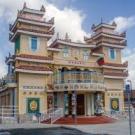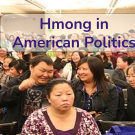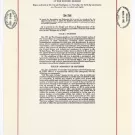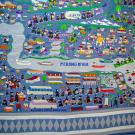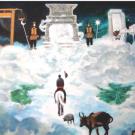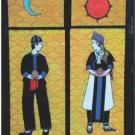Greenville Indian School: Resistance & Continuance
W.9-10.1, W.11-12.2, RH.11-12.7This 2-3 week unit provides a case study of an evening, in 1916, when 5 young Native girls ran away from the Greenville Indian School, in Plumas County, CA. Students will examine the Greenville Indian boarding school as a historic system of power, designed to erase Native cultures. They will experience stories of Native resistance and strength, historically silenced. Native worldviews and the roles of Native girls and women are centered throughout the discussion. Students will have the opportunity to make connections between historic systems failure and the current crisis of Missing and Murdered Indigenous Peoples. Contemporary voices of the descendants of Greenville School celebrate the cultural continuance, ongoing healing and leadership of Native peoples in Northeastern California. Activities include: the analysis of primary resources, using a critical lens; a readers theater performance; experiencing contemporary film and photographs of native lives; small group discussions to support the understanding of multiple perspectives; art making as a means to process content and perspectives; consideration of community building projects and public art/memorials; the research and development of a cohesive evidence based essay. This unit could be stretched to 3 weeks, a substantial Native focus for an Ethnic Studies course. The learning and support needs of students varies and certain activities could take longer than anticipated. For example, one lesson could take two class periods instead of one. This unit could be shortened to one week if the educator chose to solely focus on the readers theater exercise.



